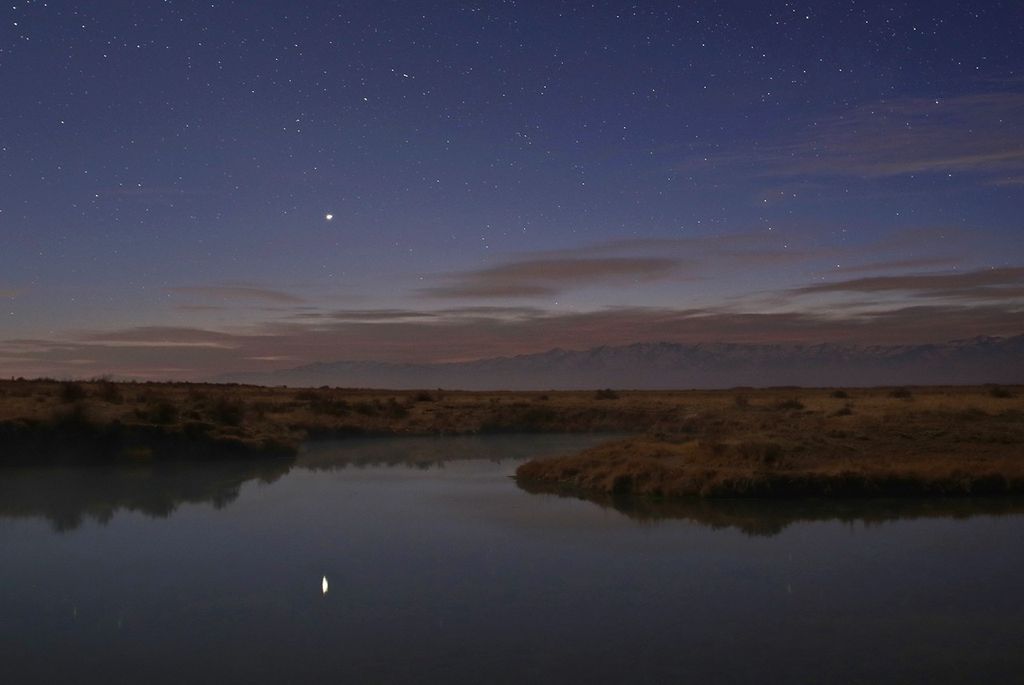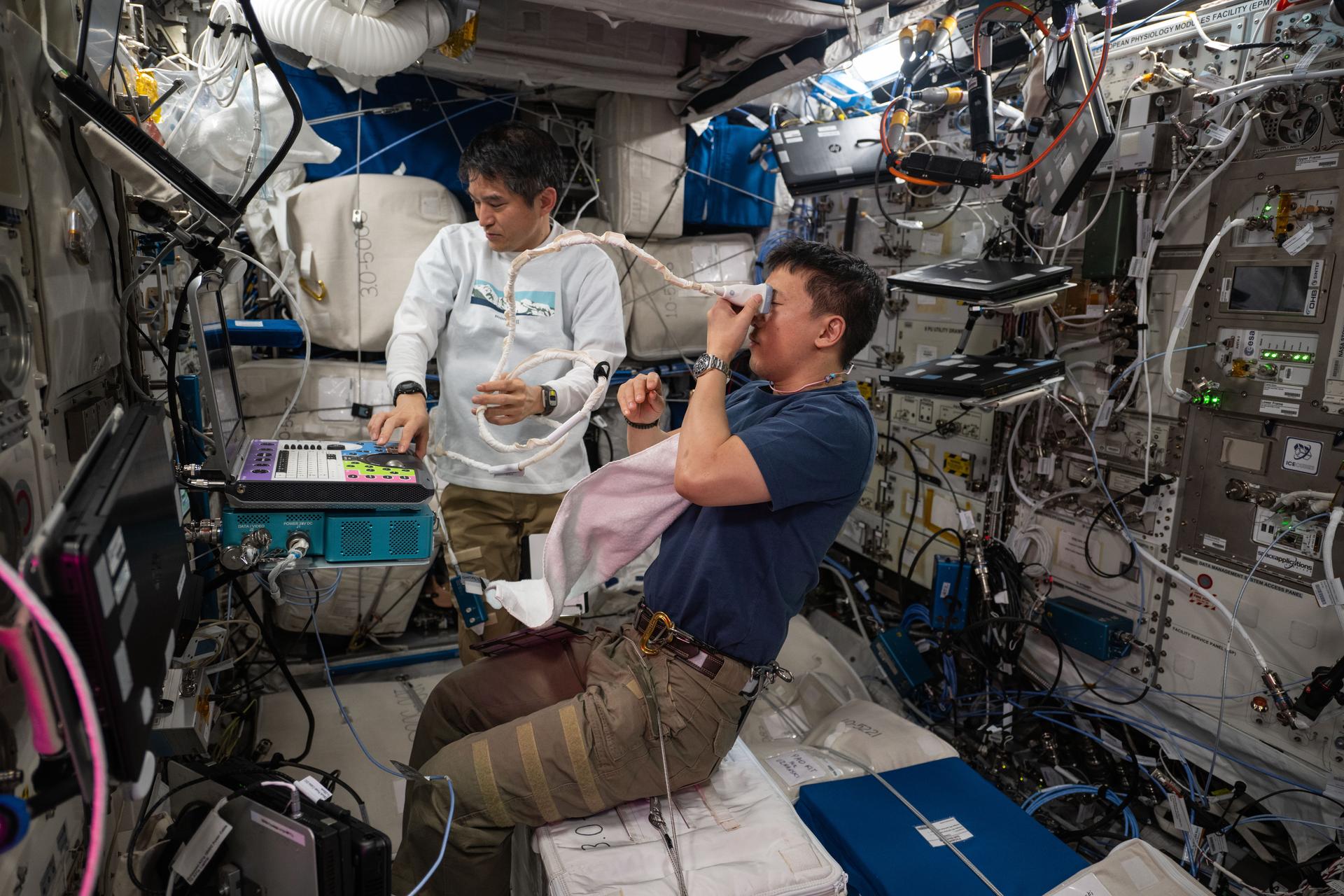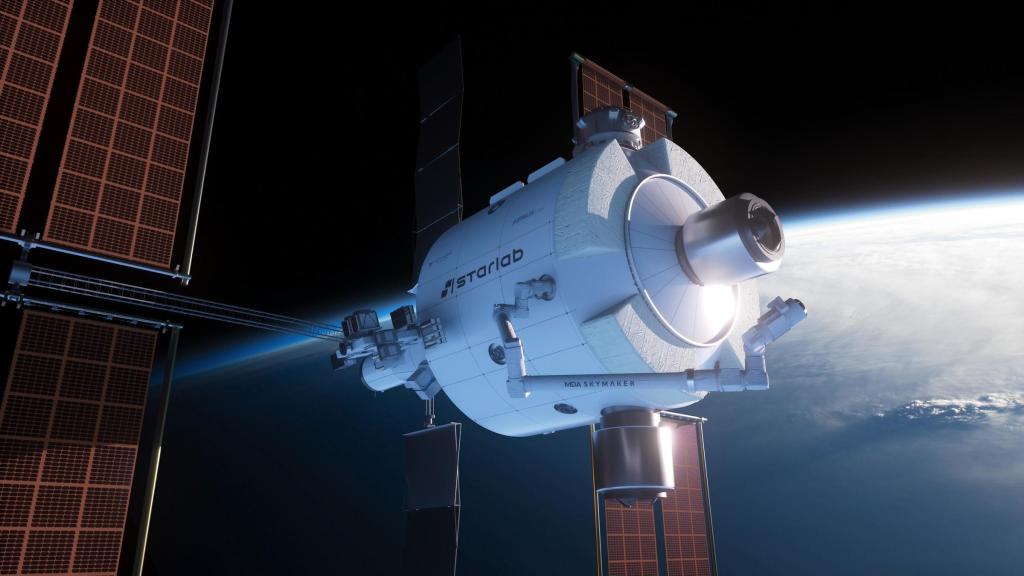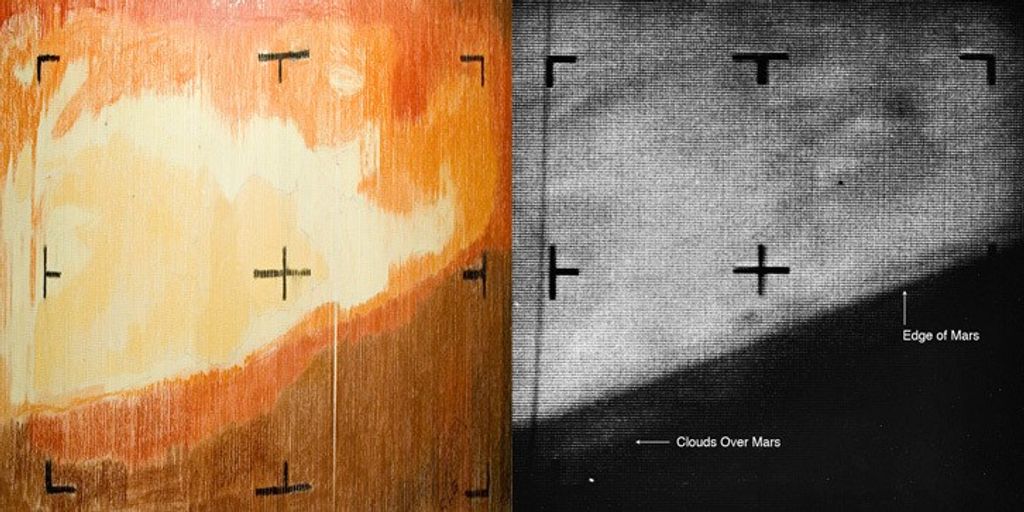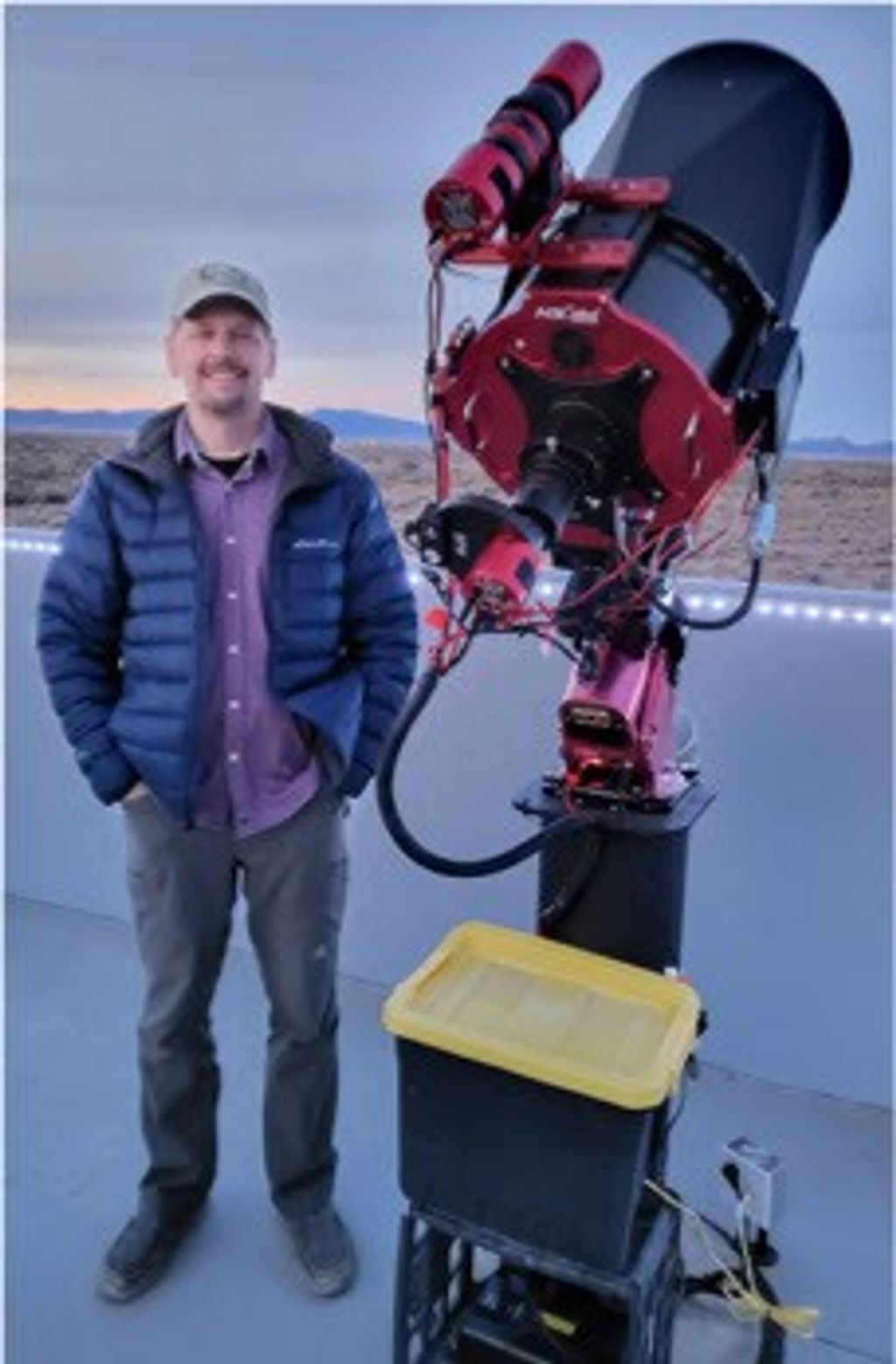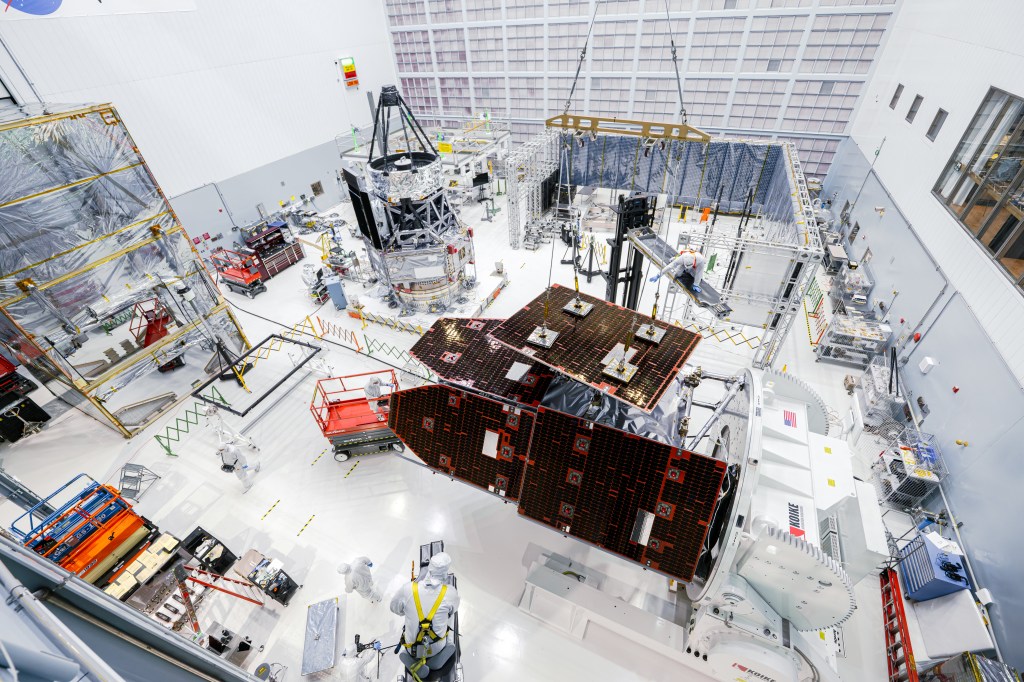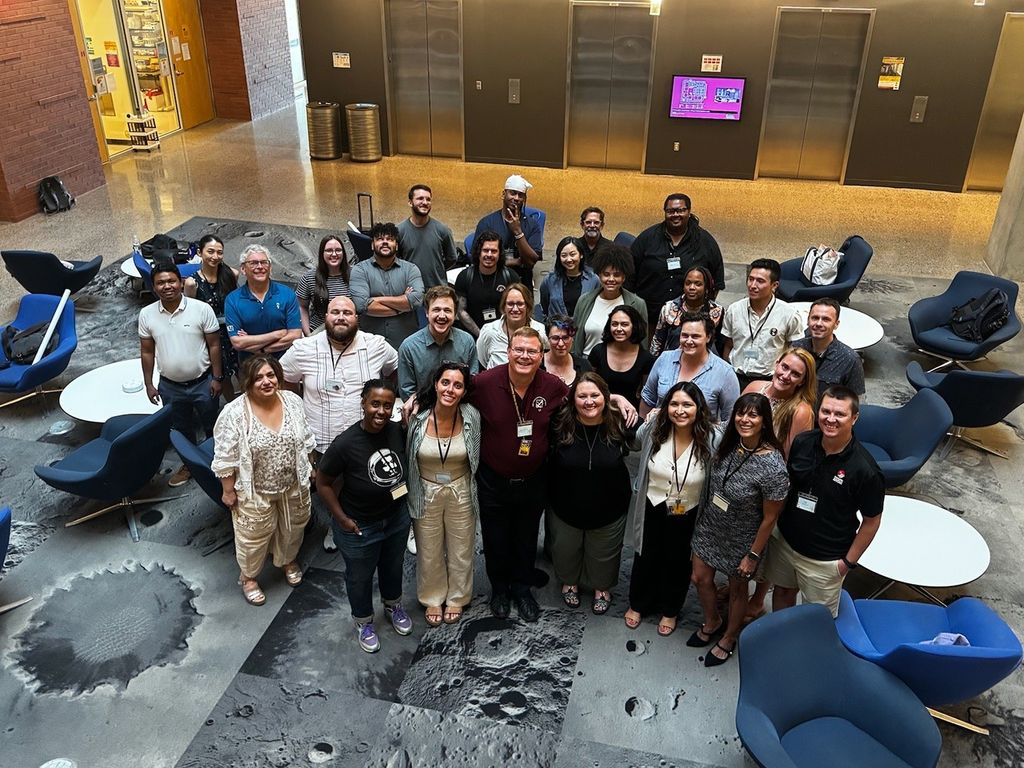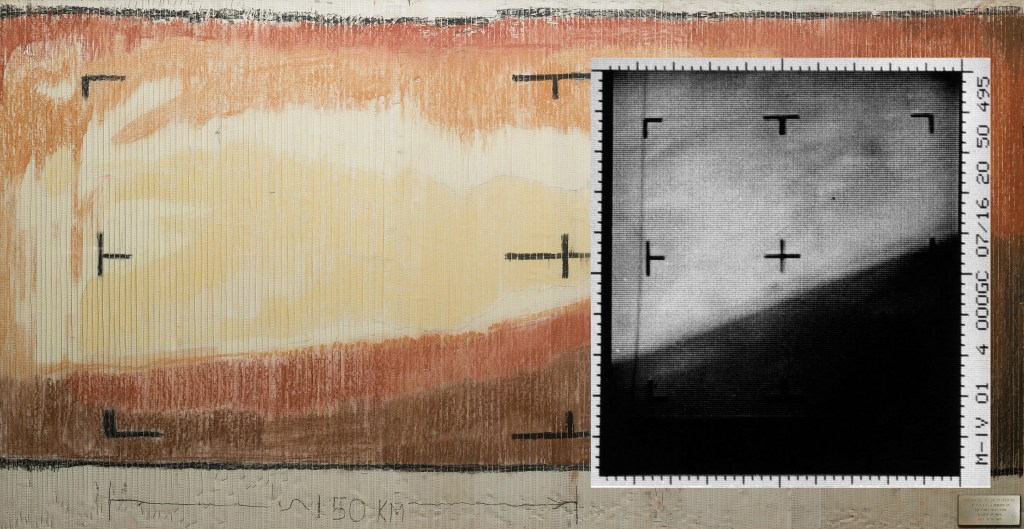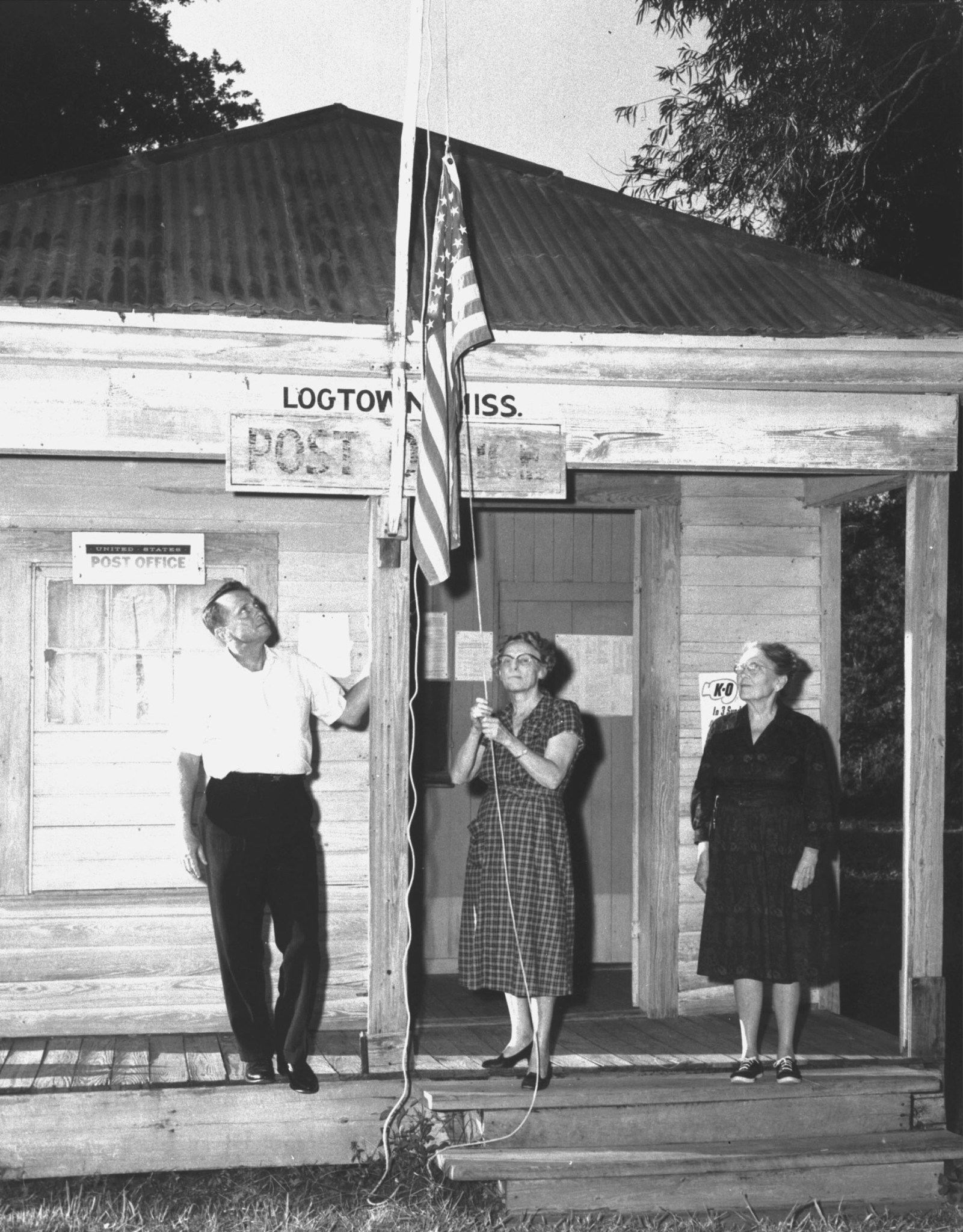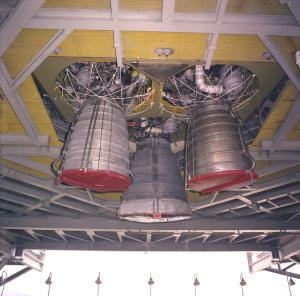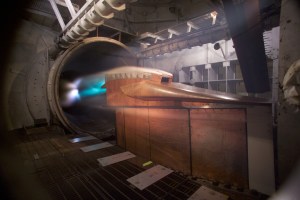For Regan Taylor of Bay St. Louis, reading about the 60th anniversary of Stennis Space Center in the October issue of Lagniappe, evoked treasured memories.
Her late father, Bill Taylor, worked as a computer programming for Navoceano on site, retiring in 1995. “He always remarked how lucky he was to fall into the job at a time when there wasn’t much formal schooling in that field,” she said. “He loved working out there.”
In addition, Taylor recalled a poem written by her paternal grandfather many years ago, as NASA was first constructing what now operates as the nation’s largest propulsion test site. “To the Moon via Logtown” was written by William Wesley Taylor in the early years of activity following NASA’s announcement in October 1961 that it planned to build a test site in Hancock County, Mississippi. The verse recounts the relocation of Logtown residents to allow for construction of Stennis.
Residents of five small south Mississippi towns (Gainesville, Logtown, Santa Rosa, Napoleon, and Westonia) were relocated to make way for the new propulsion test site. Gainesville lay within the fee area of the new center, where all facilities now are located. The other four communities were situated in the acoustical buffer zone that now surrounds the fee area. The 125,000- acre buffer zone is a national asset that allows Stennis to conduct large propulsion tests without disturbing area residents and communities.
About 150 landowners were affected by the buffer zone relocations. The end of Logtown came on Sept. 30, 1963, when the community’s one-room post office closed. The relocations understandably made news in the Gulf Coast region – and although Taylor’s family was not affected by the moves, her grandfather reflected on the activity in verse.
His poem begins as a sort of elegy for the former Logtown community, citing the migration of families from their homes, schools, and churches in the area.
With tear-filled eyes they departed
From home to places strange and new
To schools and churches that they built
They built a sad adieu
The poem notes that Logtown was more than just a place or town. It was a haven of memories, where children played, girls kissed their first “beaus,” boys and dogs hunted “by the light of the harvest Moon,” young people went swimming, “and dark always came too soon.” It continues:
But now those learned men of science
In their frantic race to the Moon
Have erected giant test stands
Where old “Blue” treed the coon …
Where once there were only cow trails,
And rippling streamlets ran,
Barge canals and highways
Now go from lock to dock to stand
Despite the reminiscing tone, the poem calls readers not to shed tears for Logtown, which had been suffering decline as the logging and lumber trade faltered prior to NASA’s arrival. In William Wesley Taylor’s verse, the arrival of NASA ensured the memory and legacy of the small community. In that way, it echoes the assurance offered to area residents at the time, that through their sacrifice, they were making way for future greatness and achievement.
No, Logtown is not a martyr
As some have eulogized
But had a major role in the Moon race
With her name immortalized
When the Moon race is over
And the Moon is our newest state
Historians will surely write
That the cost was not too great
The closing lines of verse also envision the current efforts of NASA to build its Space Launch System (SLS) rocket to power Artemis program missions to the Moon. Those missions not only will land the first woman and first person of color on the lunar surface but will allow NASA to develop the technologies and capabilities needed for eventual SLS human missions to Mars. The verse concludes:
In future generations
When men glide ’mongst the stars
School kids will read about Logtown
In history books on Mars
Taylor said it is an honor to share her grandfather’s poem with others. Although he died before she was born and before astronauts reached the Moon in 1969, Taylor said she is sure he would have joined others on the Gulf Coast in celebrating the historic achievement. “I feel like he would have been amazed by the Moon landing and the technological advancements made possible by NASA,” she said.
For information about NASA Stennis Space Center, visit:



